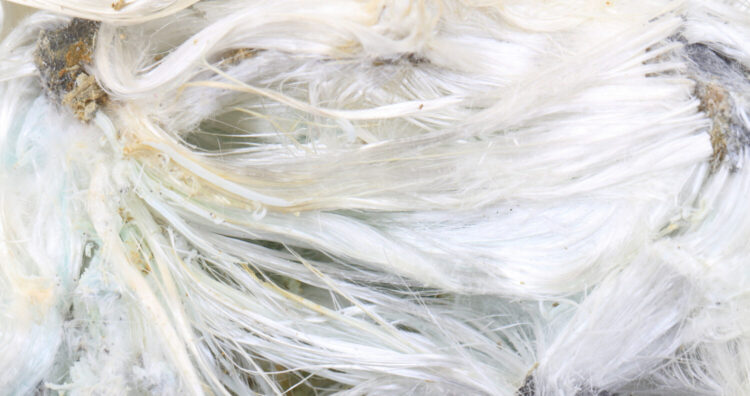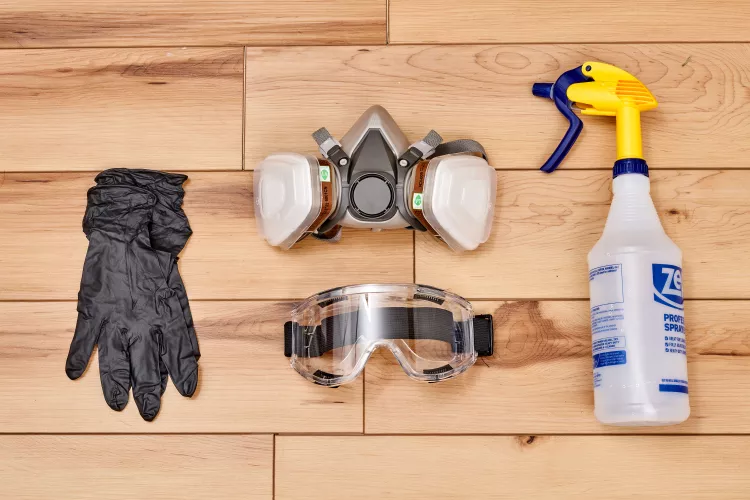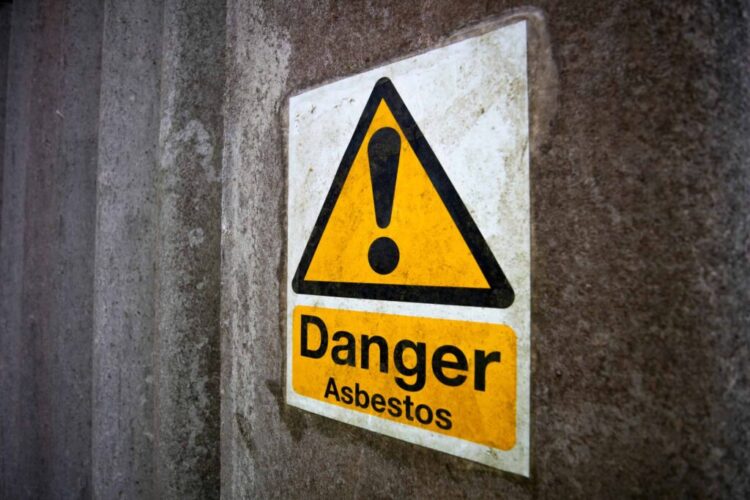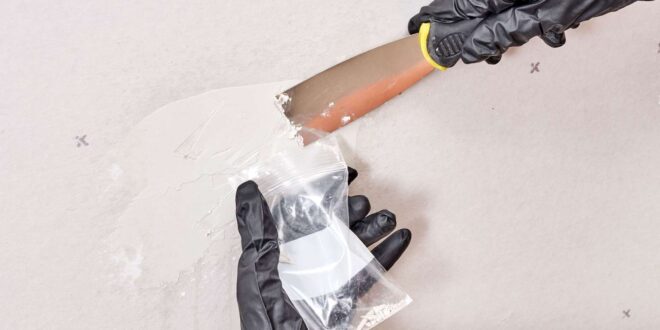Testing for asbestos is an essential step in ensuring the safety of your living environment, particularly in older properties. The process may sound daunting, but there are affordable methods to achieve peace of mind without excessive expenses. By following proper steps and using reliable resources, you can effectively manage asbestos concerns in your property.
Key Points
- Know the dangers of asbestos exposure.
- Use affordable DIY kits or professional services.
- Ensure proper safety during sample collection.
- Verify results with certified labs.
- Take precautions if asbestos is present.
What is Asbestos, and Why Should You Test for It?

Asbestos was once widely used in construction for its durability and heat resistance. However, its fibers can cause severe health issues, including mesothelioma, lung cancer, and asbestosis. Testing for asbestos is critical in buildings constructed before 1980, as those often contain materials like insulation, roofing, or tiles that could harbor this harmful substance.
Affordable options for asbestos testing, including professional services like GermMasters can guide you through the process efficiently.
Signs Your Property Might Have Asbestos
Recognizing the potential presence of asbestos helps you decide when testing is necessary. Common indicators include:
- Age of the Property – Structures built before the 1980s have a higher risk of containing asbestos.
- Damaged Insulation or Tiles – Deteriorating materials in walls, ceilings, or floors may release harmful fibers.
- Suspicious Pipe Wrapping – Older pipes often had asbestos coverings, especially in basements or utility spaces.
If any of these signs are present, testing becomes a priority.
Cost-Effective Methods for Asbestos Testing
1. DIY Testing Kits
You can find kits designed for asbestos testing at hardware stores or online. These kits allow you to collect samples and send them to certified laboratories.
Pros:
- Affordable, usually between $30 and $50.
- Convenient and easy to use.
Cons:
- Requires careful handling to avoid exposure.
- No immediate results; you must wait for lab analysis.
2. Professional Inspections
Hiring certified professionals ensures thorough and accurate results. Experts can assess risk levels and provide tailored advice.
Affordable Tips:
- Compare quotes from multiple providers.
- Choose local services to save on travel fees.
How to Collect Samples Safely

If you decide to collect samples yourself, follow strict safety guidelines:
- Wear protective gear, including gloves and a respirator mask.
- Use a spray bottle to dampen the material, reducing airborne fibers.
- Seal the sample in an airtight container or plastic bag.
- Label the sample clearly for laboratory analysis.
- Avoid disturbing large areas. If in doubt, consult a professional.
Understanding Your Test Results
Laboratories analyze samples to confirm the presence of asbestos. Results typically classify materials into three categories:
- Non-Asbestos Material: Safe for removal or disposal.
- Friable Asbestos: High-risk materials that crumble easily and release fibers.
- Non-Friable Asbestos: Lower risk but still hazardous if damaged.
Always seek expert advice before proceeding with any remediation steps.
Affordable Remediation Options
1. Encapsulation
Covering the asbestos-containing material with a sealant prevents fiber release. This method is cost-effective and less invasive.
2. Removal by Professionals
Complete removal may be necessary for high-risk cases. Although more expensive, this ensures long-term safety.
Tips to Save:
- Request quotes from multiple providers.
- Explore local government assistance programs for hazardous material disposal.
Legal Requirements and Guidelines

Many states require certified professionals to handle asbestos removal. Always check local regulations to avoid fines or unsafe practices. In some cases, financial aid programs assist with testing and removal costs.
Tips for Preventing Future Asbestos Hazards
- Avoid disturbing materials that might contain asbestos.
- Schedule routine inspections for older buildings.
- Upgrade insulation, roofing, or other materials with modern, safe alternatives.
- Preventive actions save money and protect health in the long term.
FAQs
- Can I test for asbestos without hiring a professional?
Yes, DIY kits allow safe collection of samples for certified lab analysis. Follow strict safety guidelines.
- How much do asbestos tests usually cost?
DIY kits cost around $30–$50. Professional inspections range from $200–$500 depending on property size.
- What materials in my home are likely to contain asbestos?
Common materials include insulation, floor tiles, pipe coverings, and roofing shingles in older buildings.
- Is asbestos always dangerous if found?
It poses risks when disturbed or damaged, as fibers can become airborne and inhaled. Undisturbed asbestos is less hazardous.
Testing for asbestos does not need to drain your finances. By using affordable kits or consulting local experts, you can ensure a safe environment without overspending. Always prioritize safety and follow proper procedures for effective results.
 Hi Boox Popular Magazine 2024
Hi Boox Popular Magazine 2024



